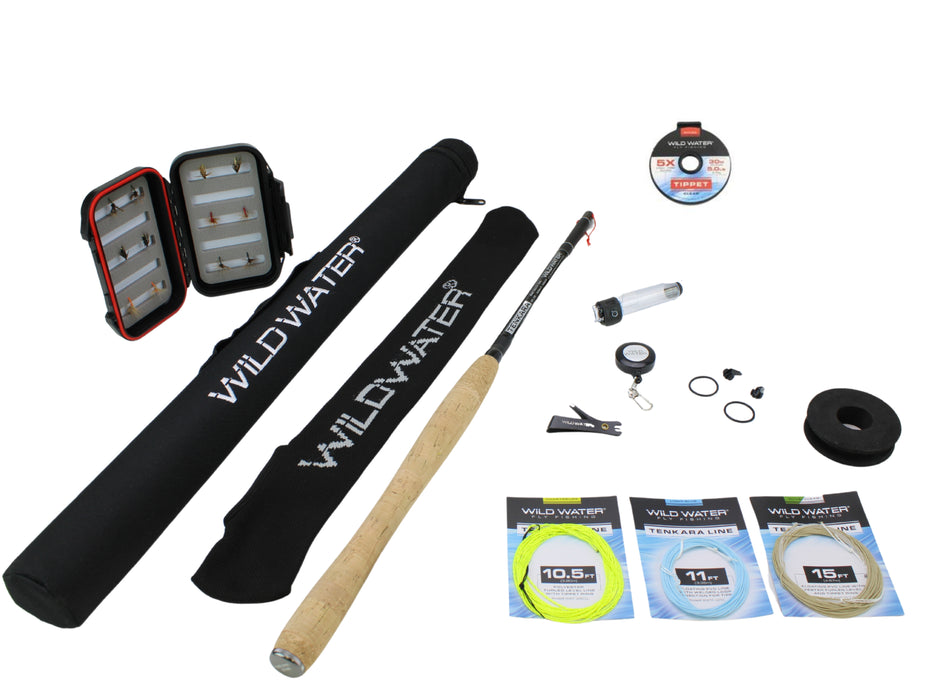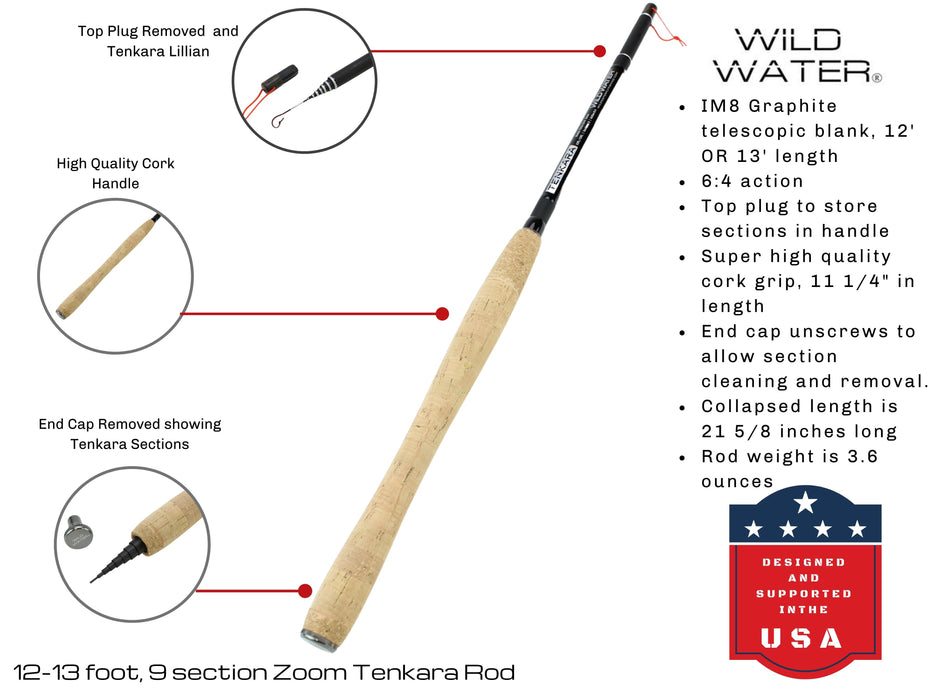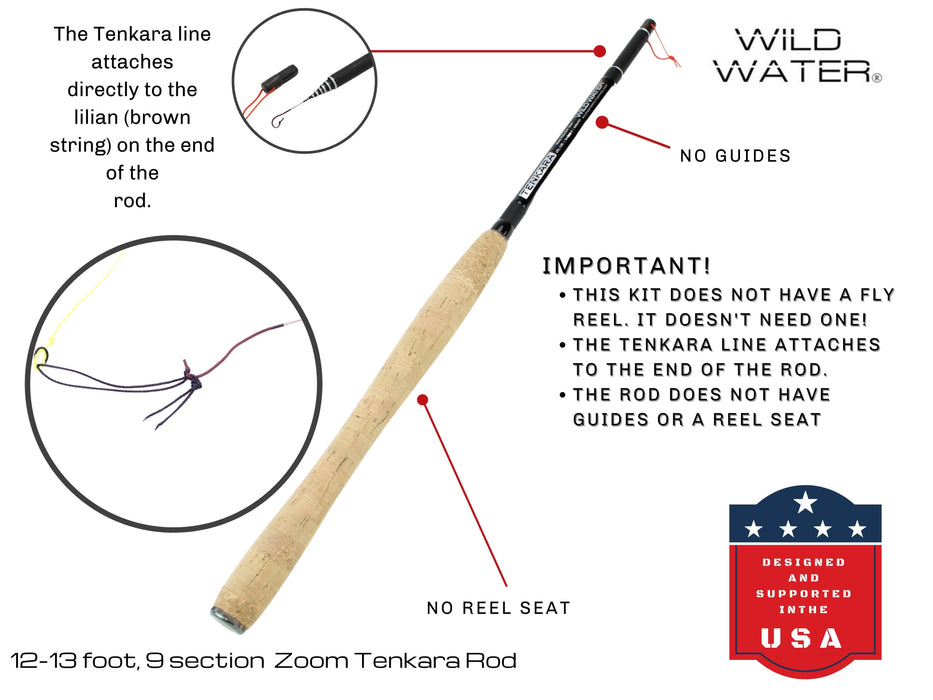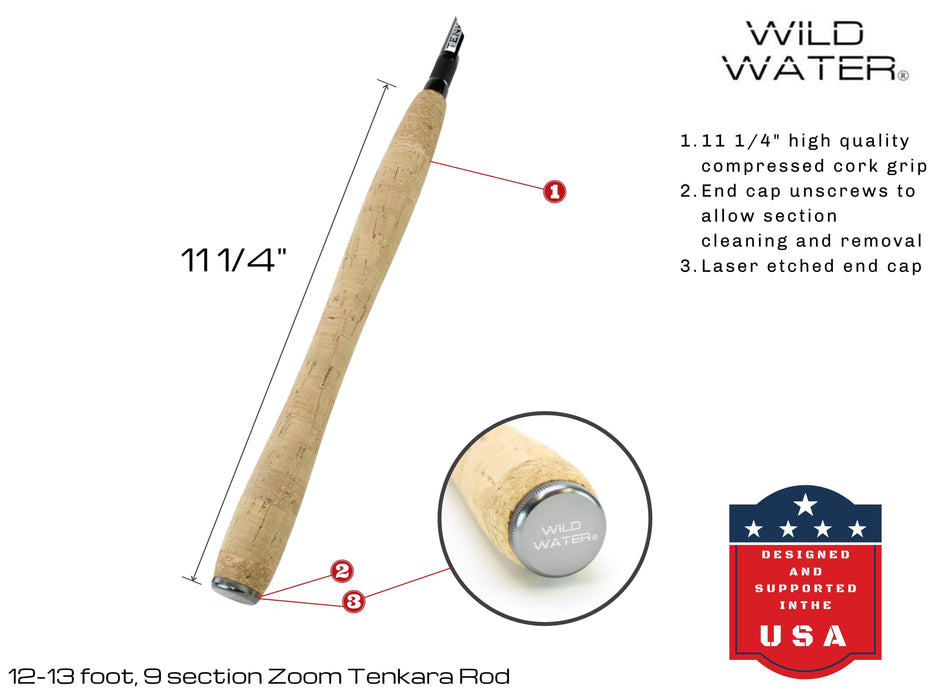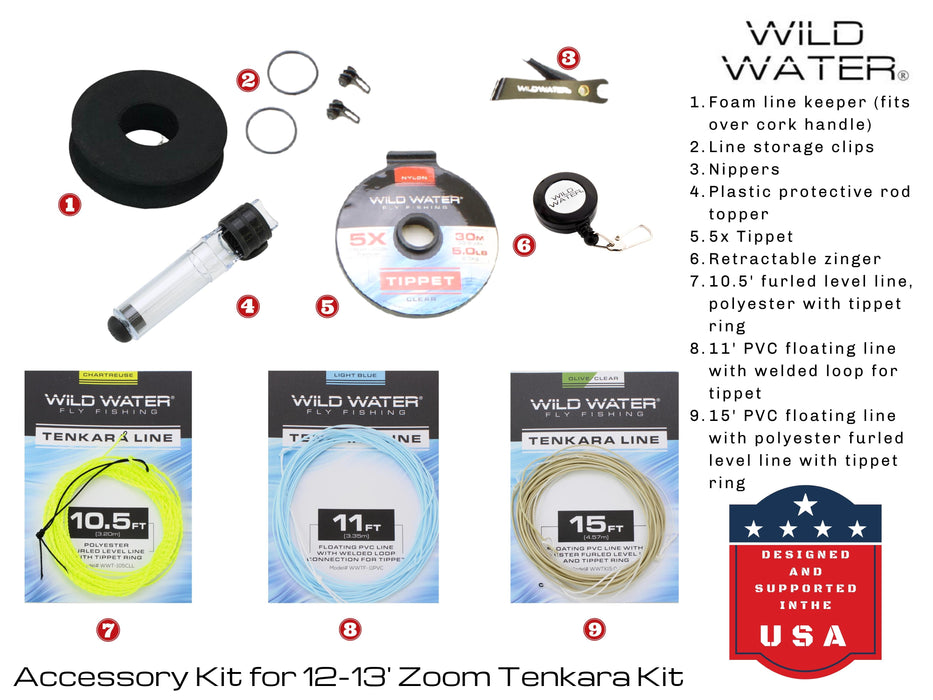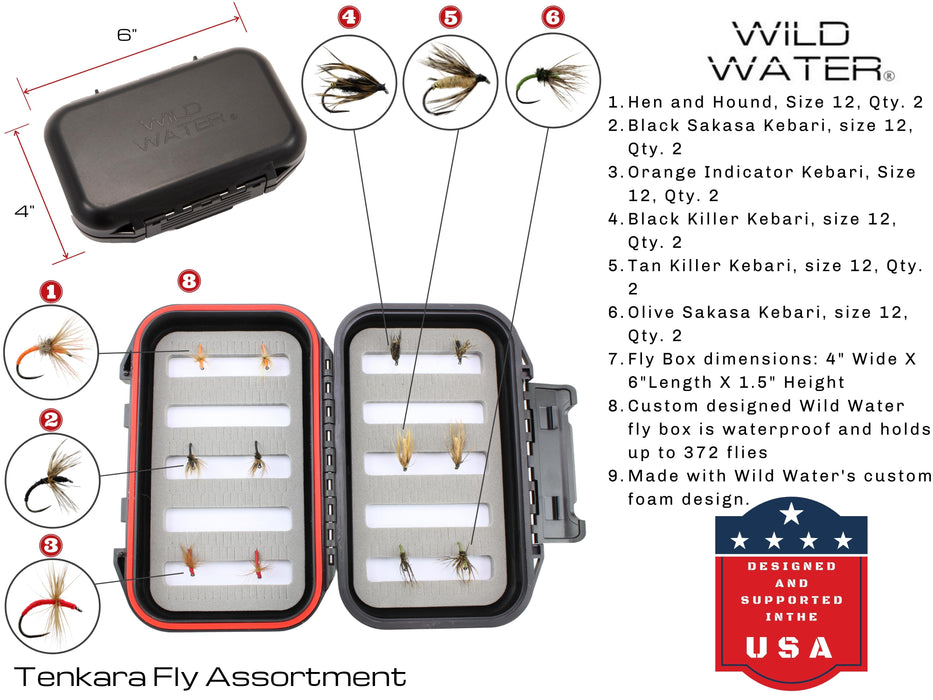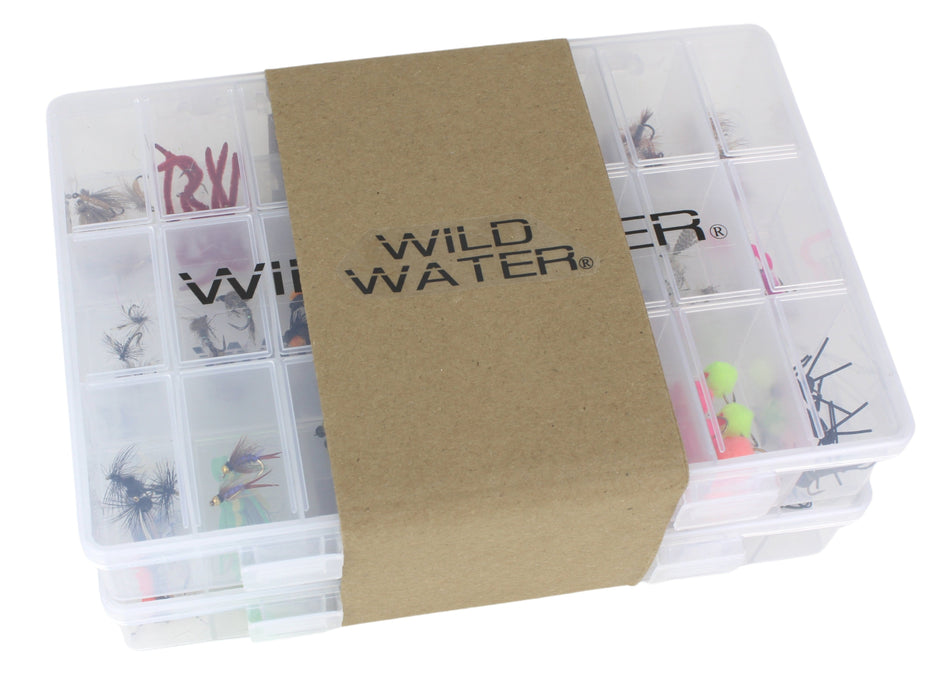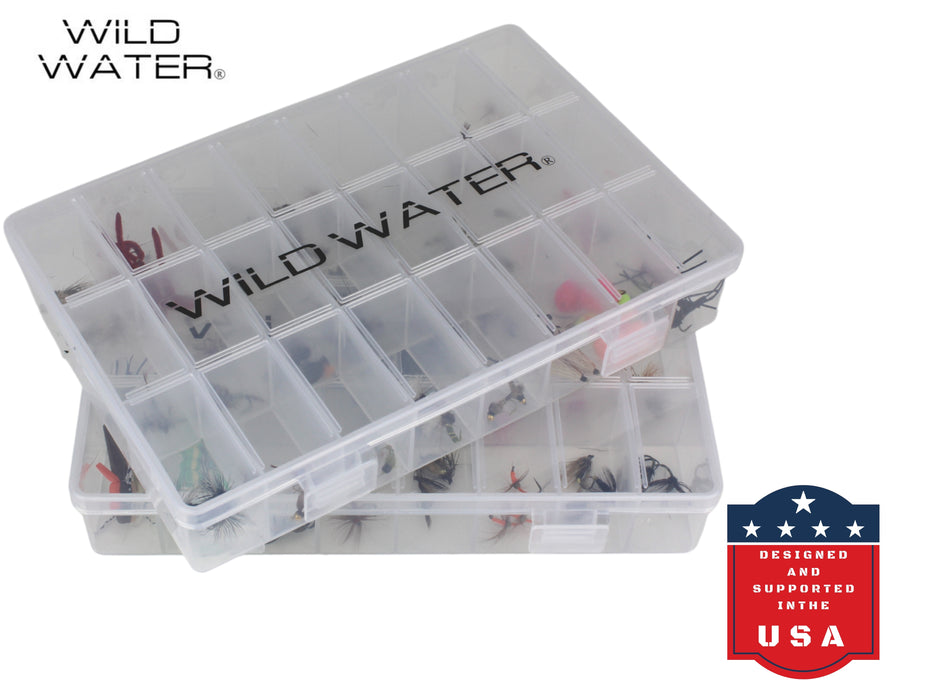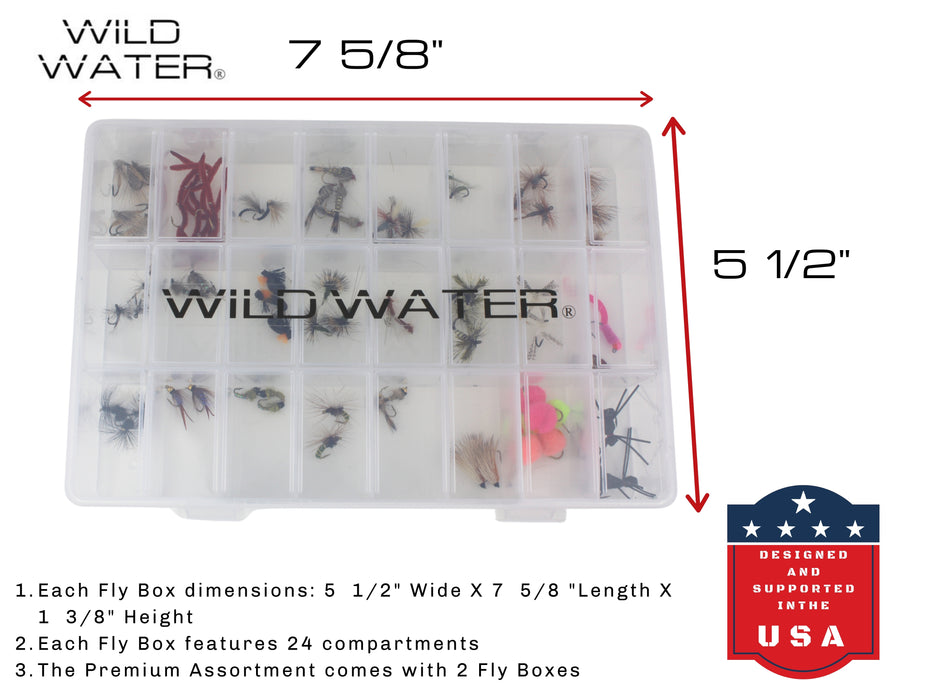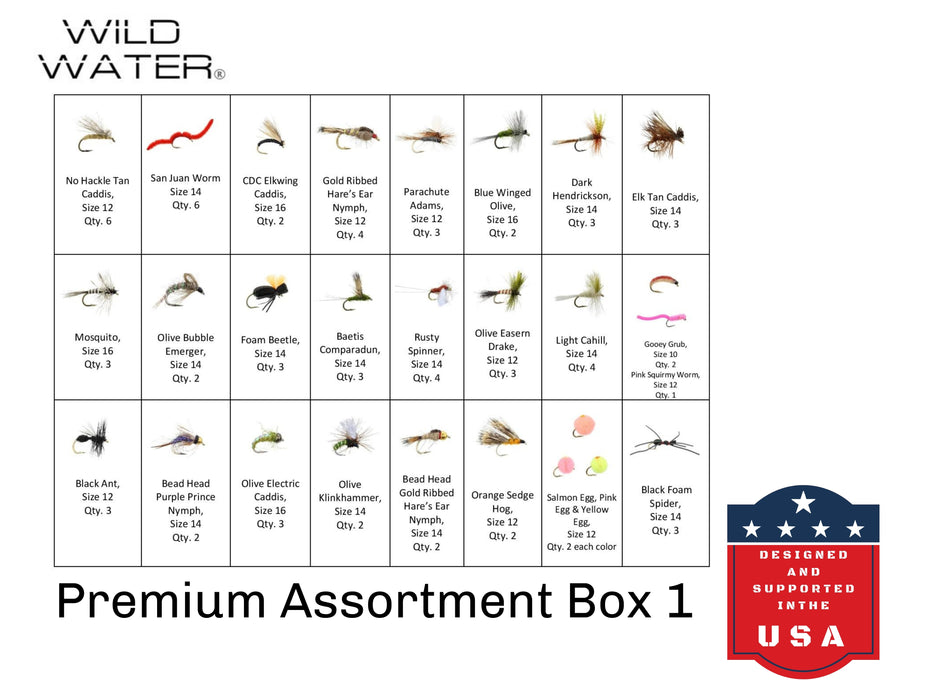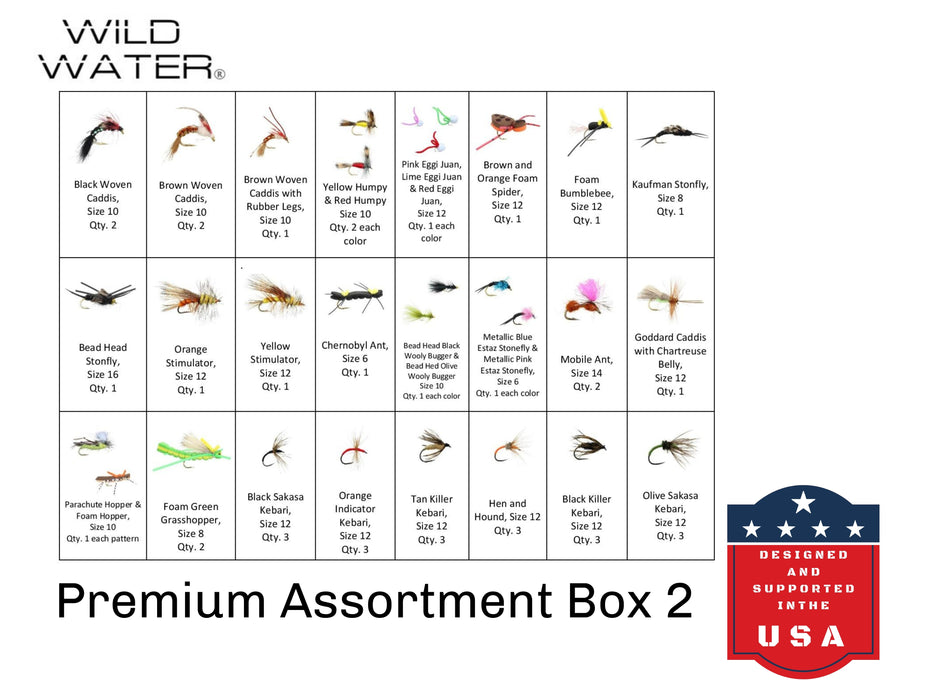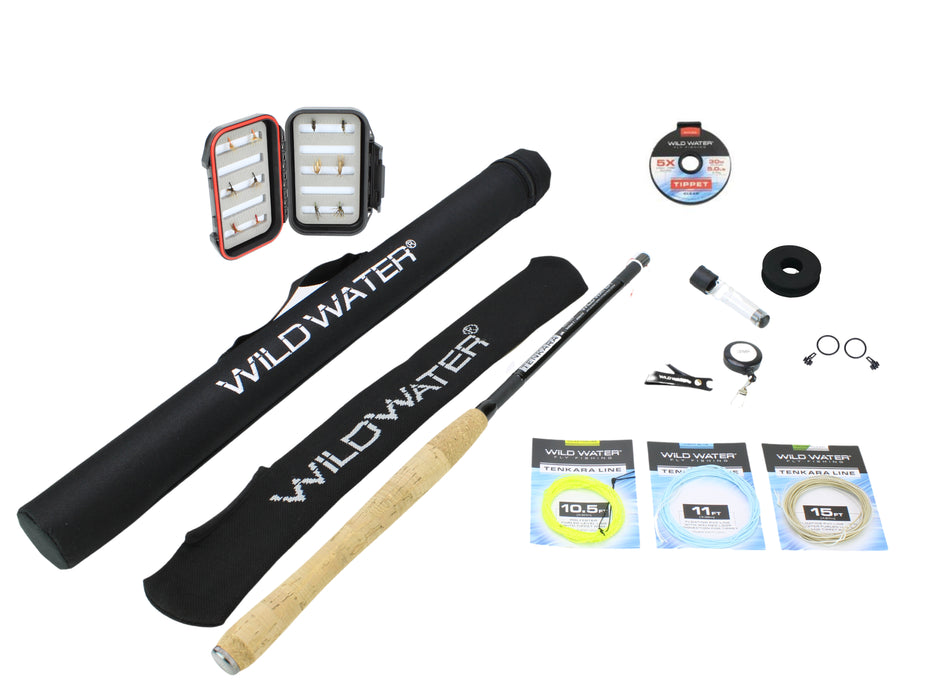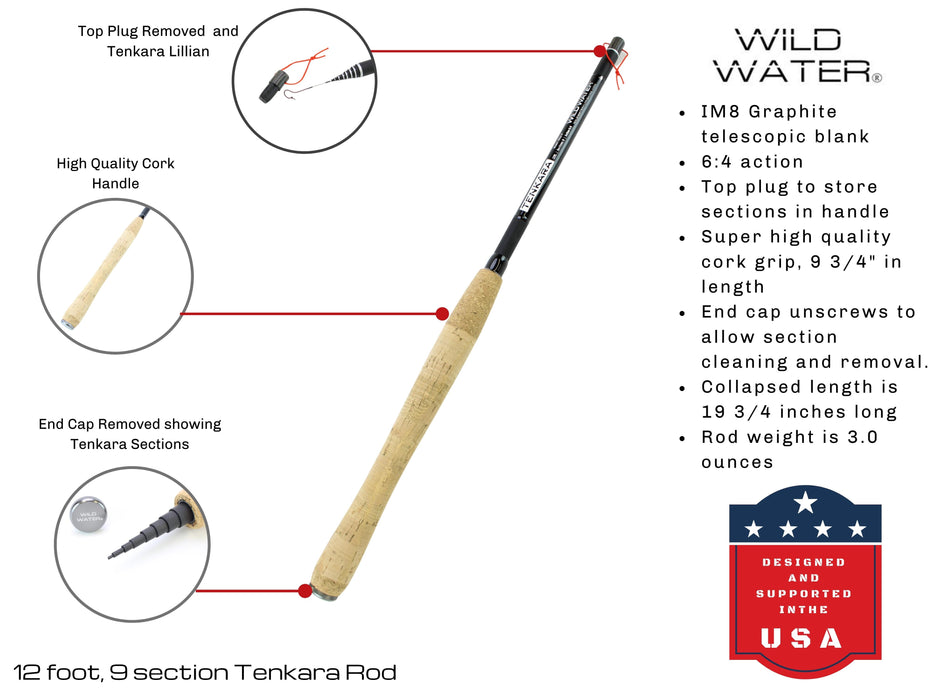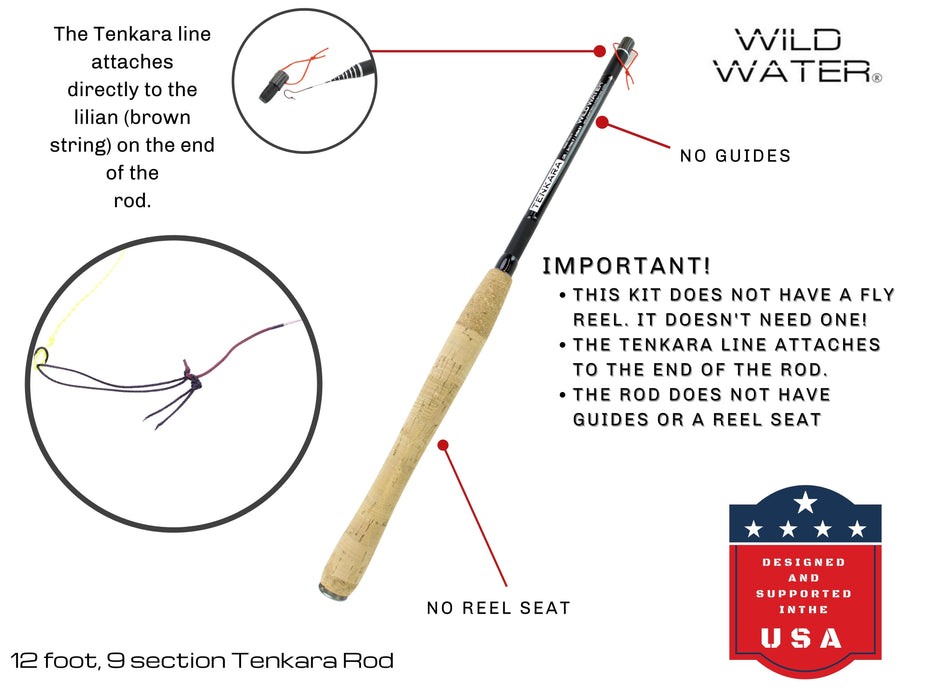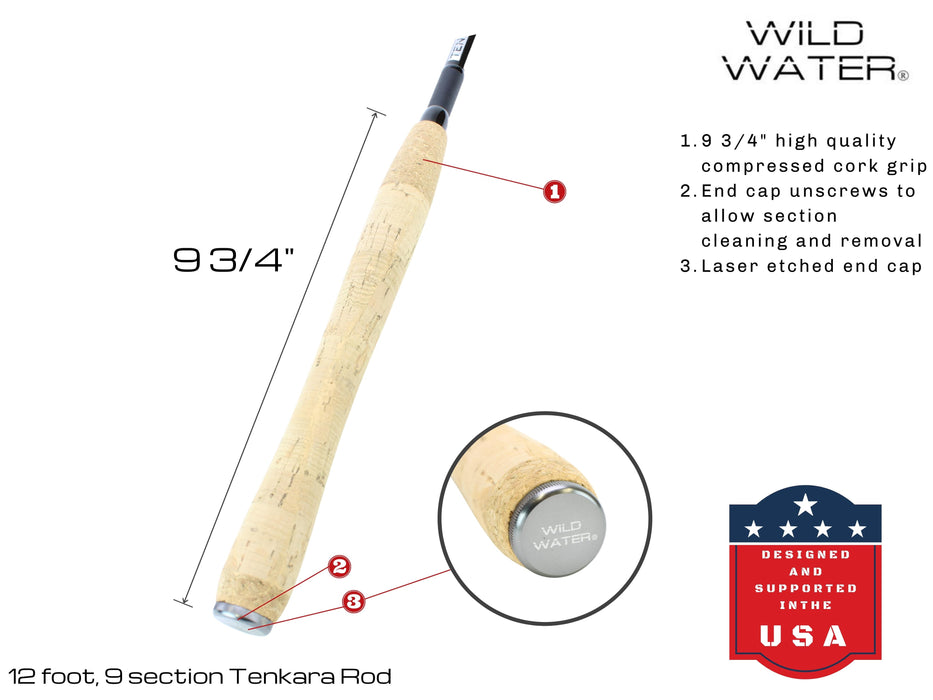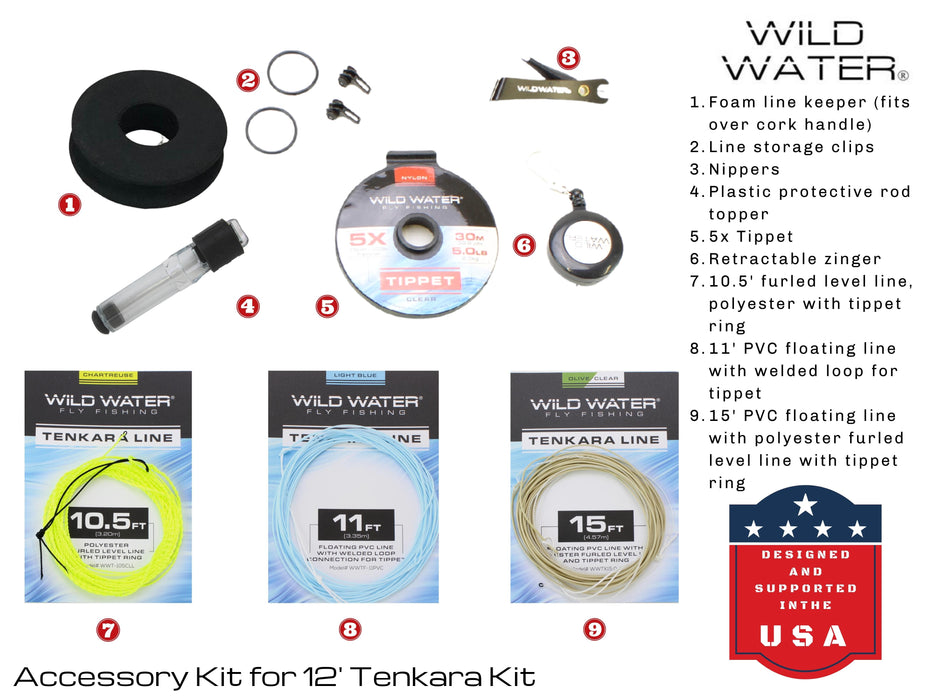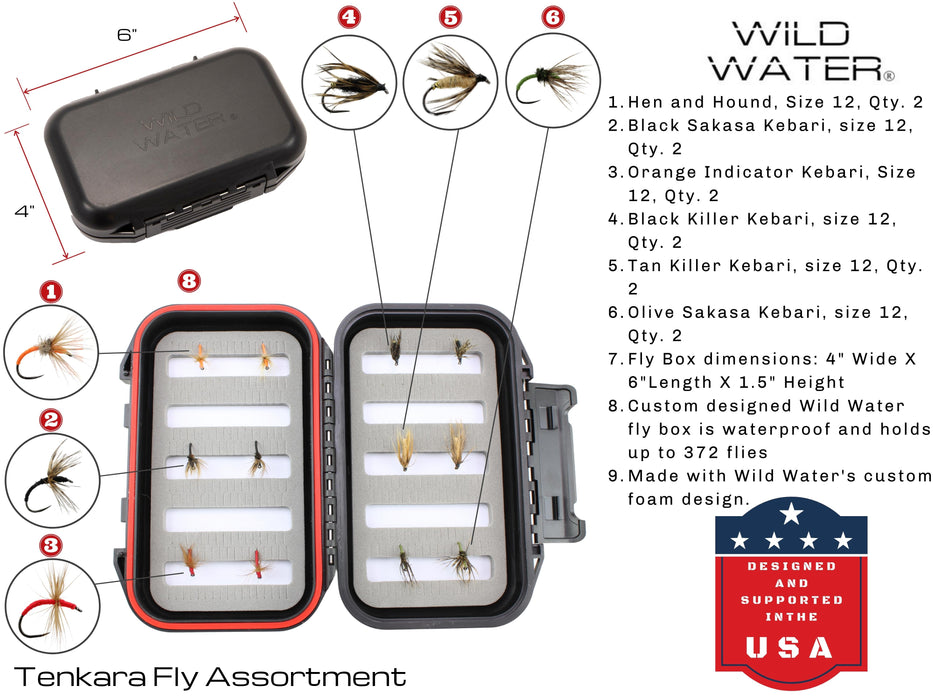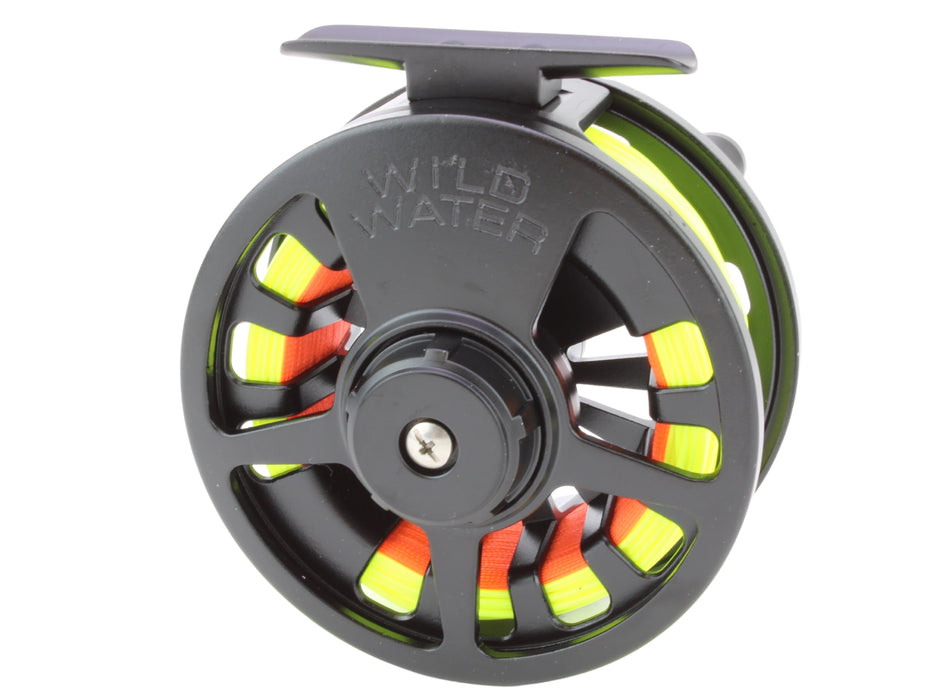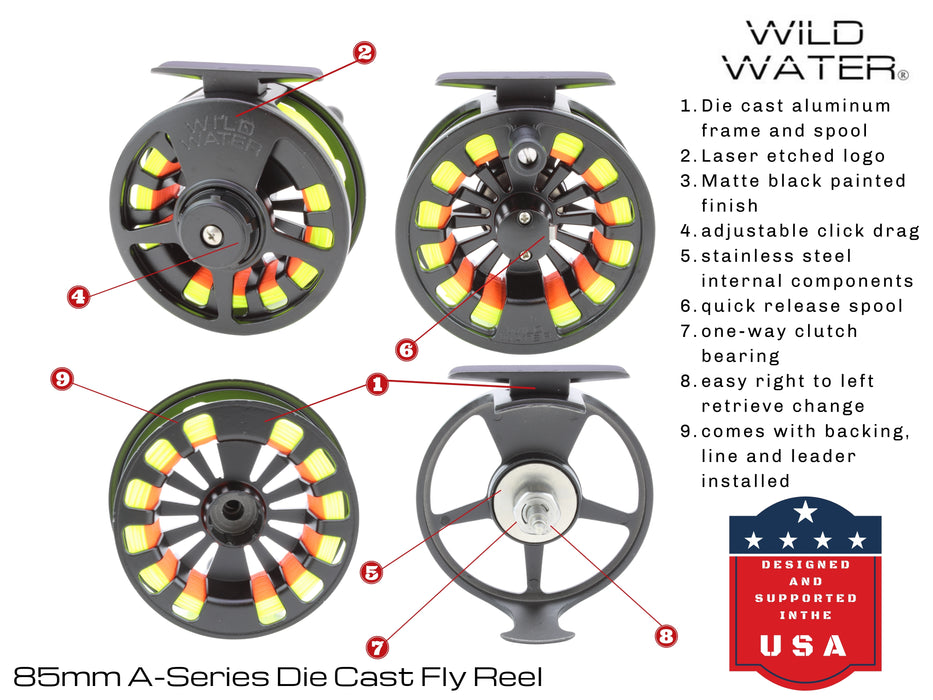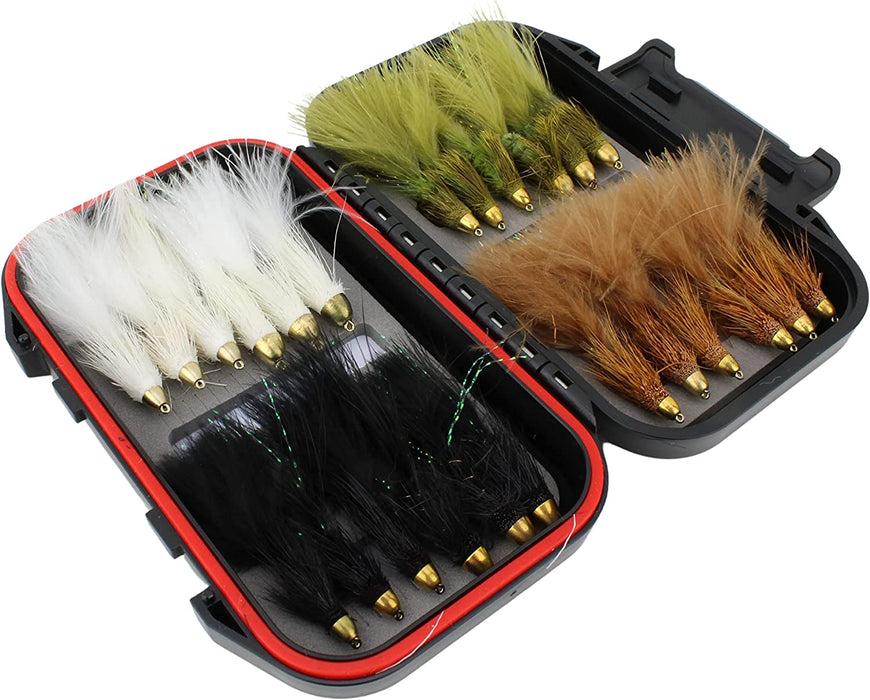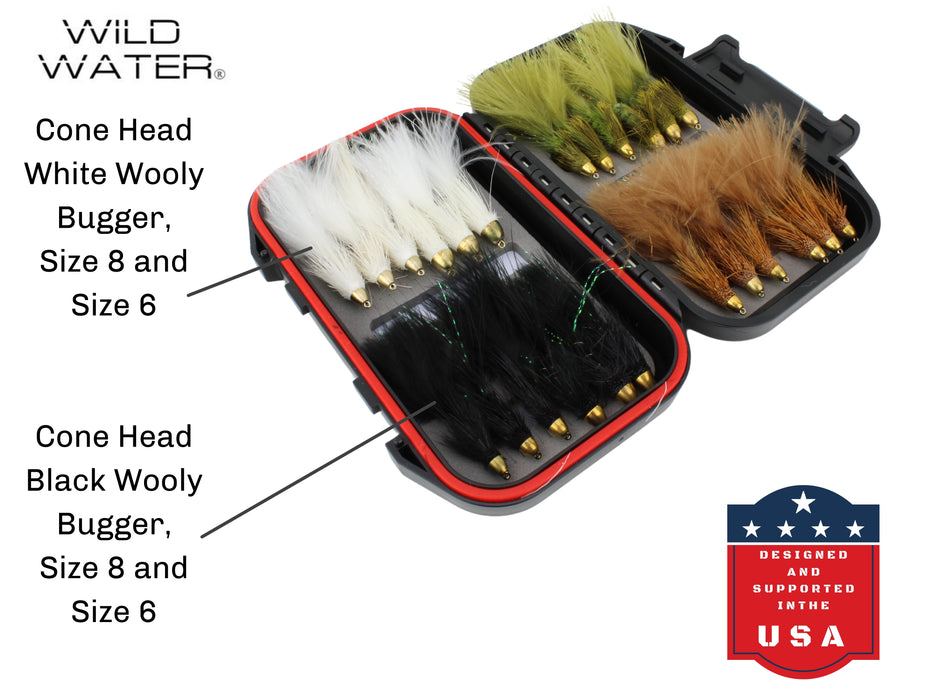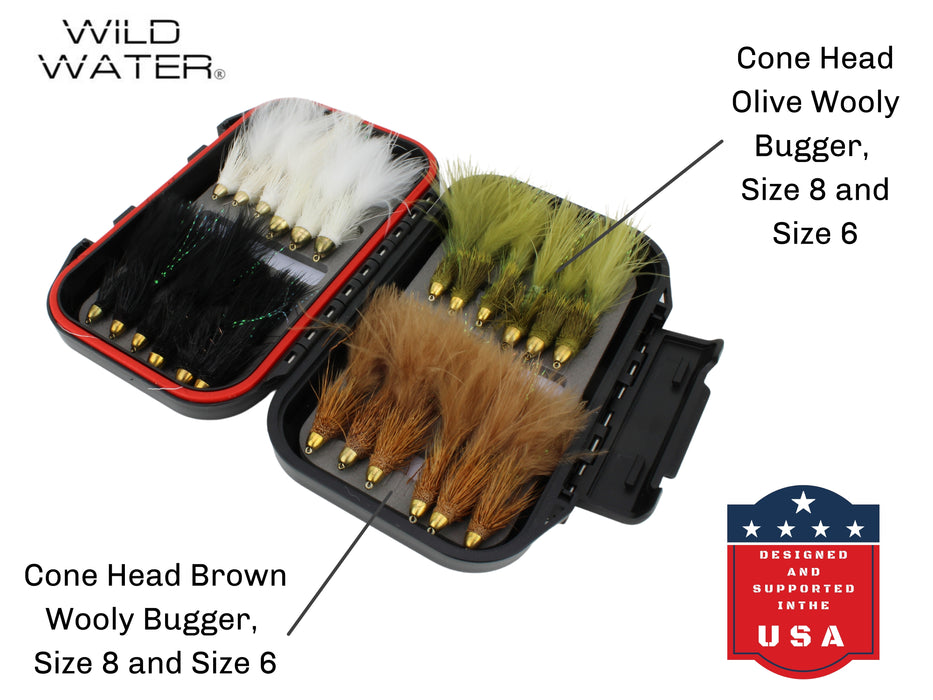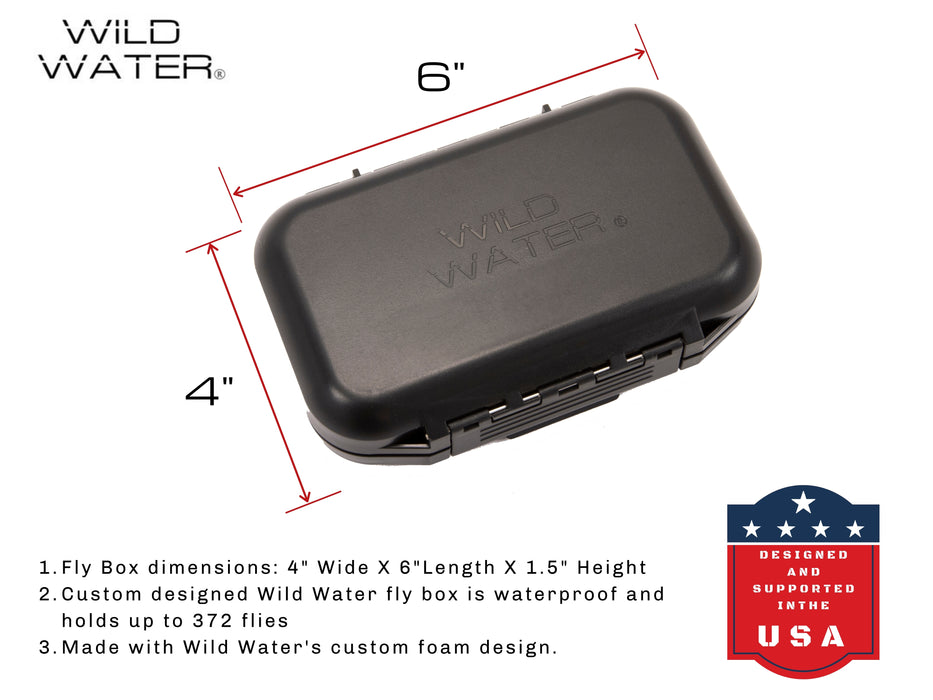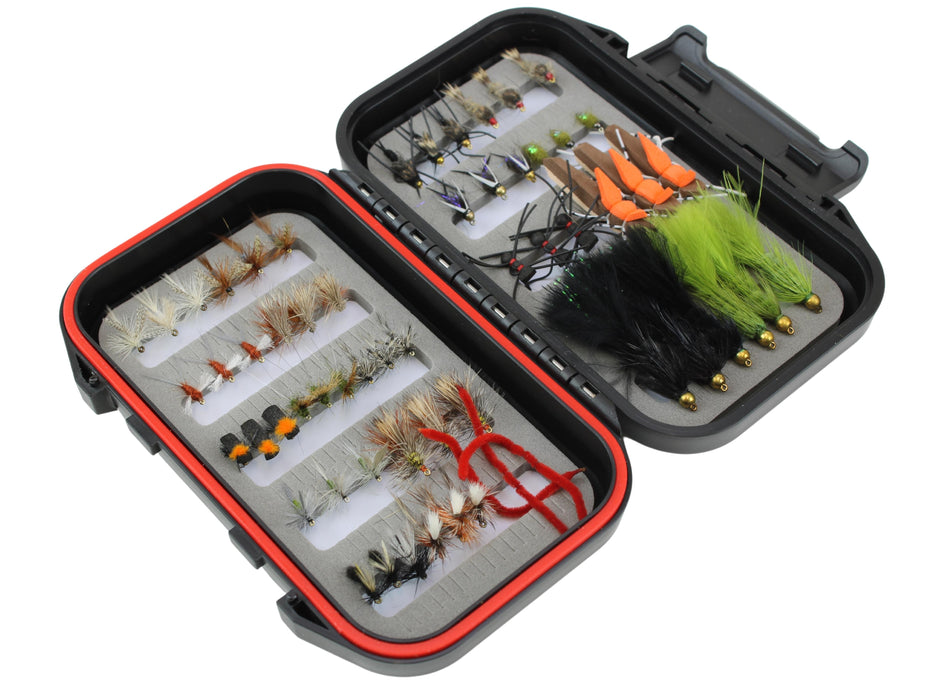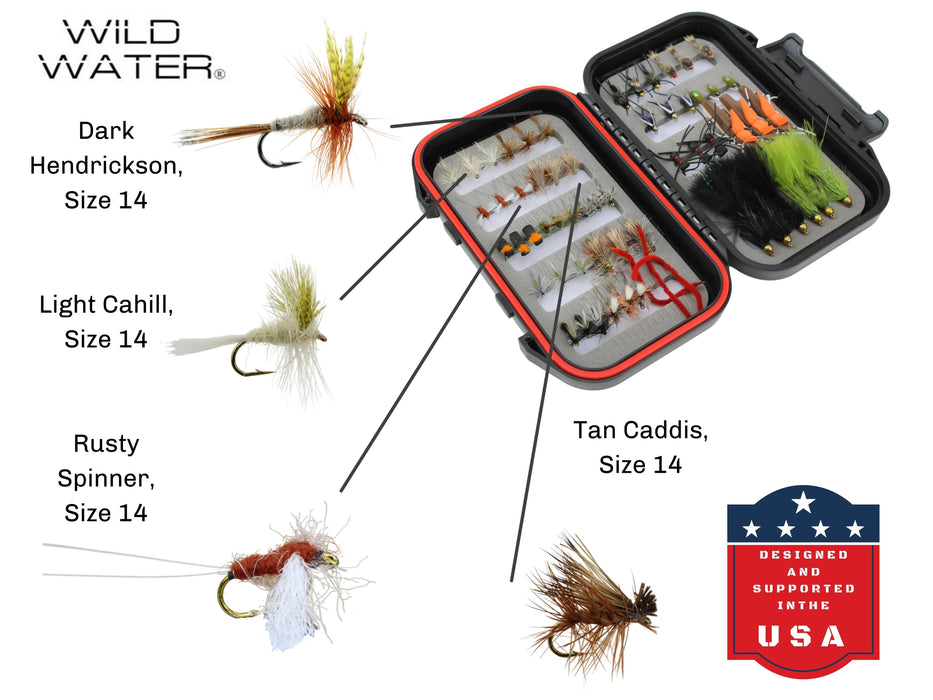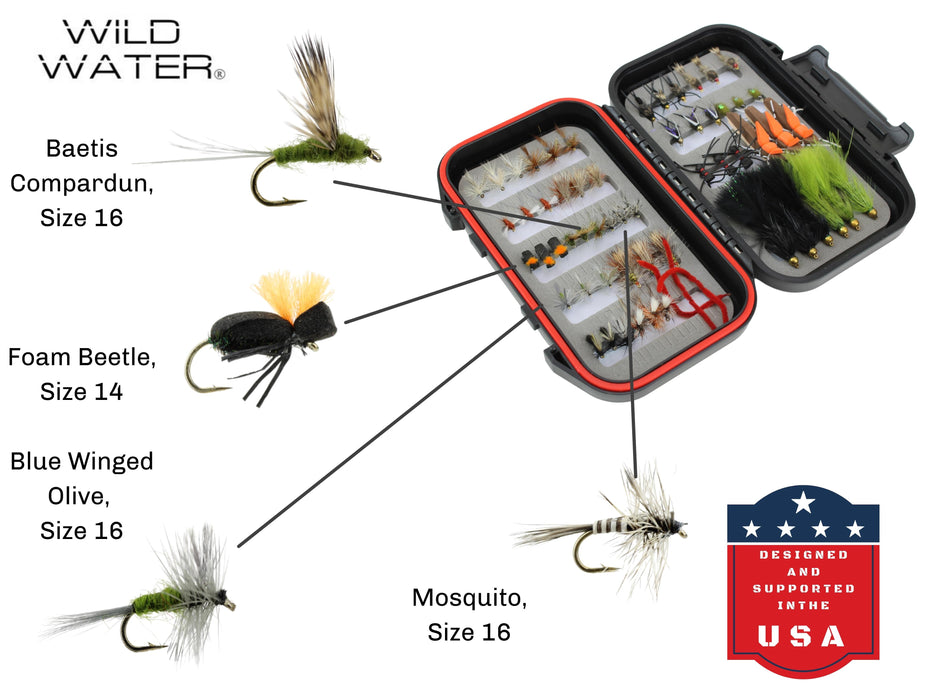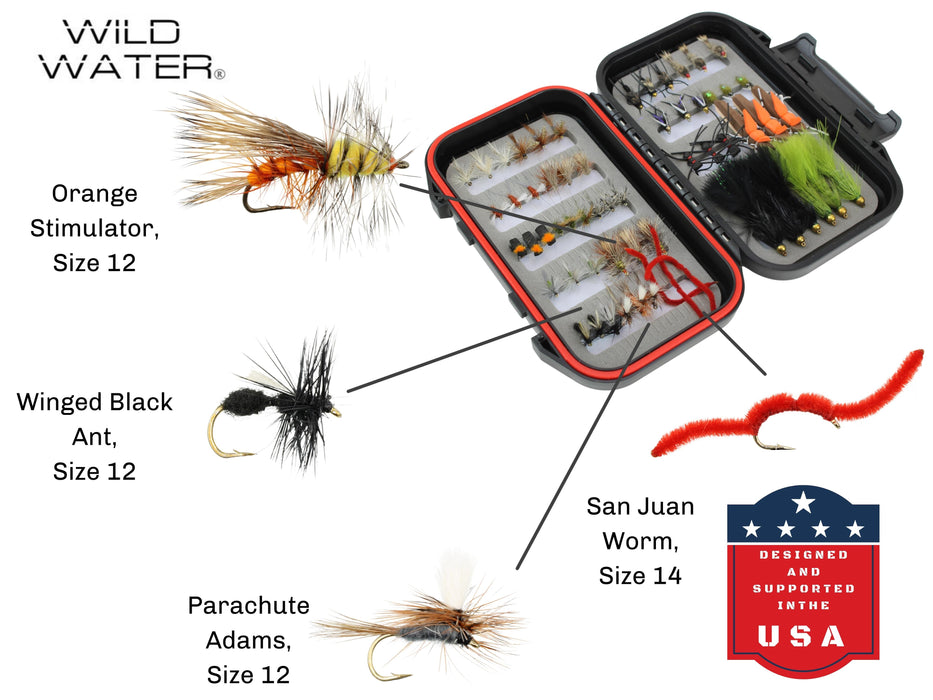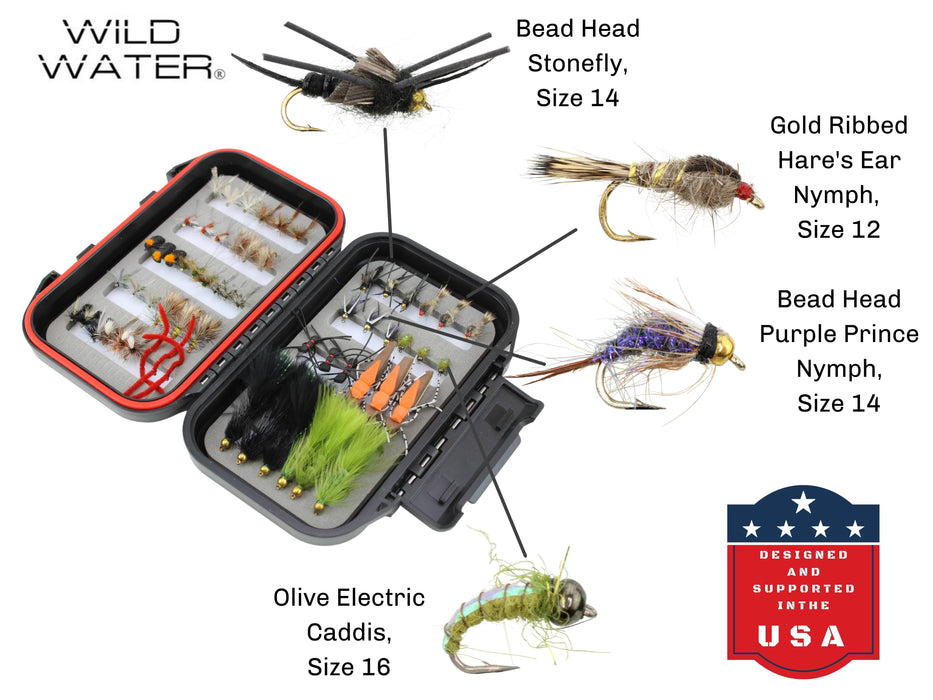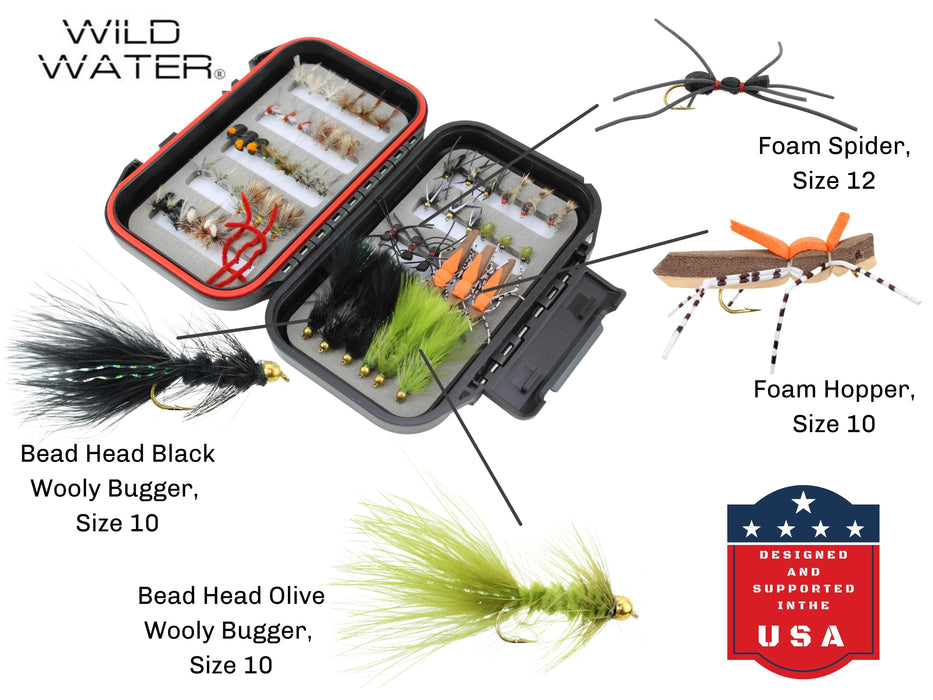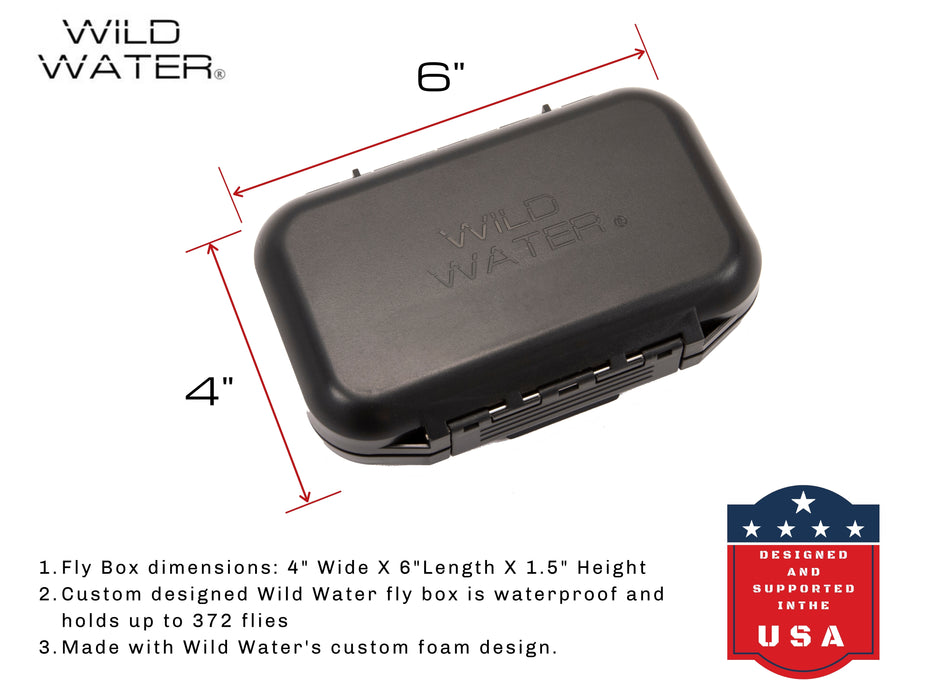Fly Fishing in Southeast Alabama for Stripers
Sharing nods and soft smiles as our motor grumbled up this tail water on the Coosa River just outside of Birmingham, I thought to myself “I can’t believe this is in the Southeast.” This isn’t a muddy, slow moving catfish filled fishery that many might have in mind. Its crystal clear water stretches over a hundred yards wide and in certain sections class two-three rapids. The Coosa is filled with a plethora of fresh water species of panfish, crappie, largemouth and striped bass all accessible by motor or man powered watercraft. My friend and guide for the day and I were chasing the aggressive striped bass on the fly.
It was a day fit for thermal layers and dry gear. Overcast and spitting a fine mist we were forecasting an excellent day of chasing stripers. We motored to one of the many dams spread throughout the Coosa, cut our motor’s power and began rigging our rods. I was using a nine foot eight weight rod outfitted with a sink tip line. A few keys to unlocking a successful day of striper fishing or any kind of bass fishing for that matter is rod setup, mastering the strip set, casting streamers, and fly presentation.
Sink tip is crucial when going after stripers in deeper water especially when there is current. It’s weighted more heavily than the traditional weight forward floating fly line and allows your flies to sink at different rates. This allows streamers or flies to sink at a consistent speed regardless of current without relying on traditional lead weights. Sink tip line paired with a weighted streamer maximizes sink speed and natural presentation.
Strip setting is a style of hook set that’s slightly different from trout fishing, which is a quick flick of the rod tip towards the sky. Strip setting requires less of bringing the rod tip up immediately and more keeping the rod tip still, low and stripping line during the strike to set the hook into the fish’s lip. It takes some getting used to but when accomplished successfully your percent of fighting and landing bass skyrockets.
Casting streamers is another realm of fly fishing that takes practice. This can be done in the back yard or on the water. Using a bigger faster action rod with a big weighted streamer tends to cause the angler to break the normal casting rules and use more muscle. When I use more muscle I tend to notice a couple of things. My cast becomes weak, inefficient, and I notice more holes in the right shoulder of my jacket. After digging a few hooks out of my shoulder, neck or even worse my guide, I have to remind myself to slow it down, take my time and stick to the basics of the cast. I focus on the abrupt pauses in my cast and watch my fly turn over before I initiate the next sequence of my cast. This ensures efficiency and you’ll begin to notice your streamer will turn over on the front cast carrying the full energy load created from the rod. I recommend starting in a place where the stakes are low. For me, this is the back yard. I personally place hula hoops from the dollar store at different distances and clip the hooks off of old streamers to avoid hooking debris or myself. This setup is an invaluable resource to perfect your fly casting game, especially casting a streamer.
The streamers we were using resembled bait fish and varied in size and articulation. I tied on one of my favorite flies, the Clouser Minnow. I chose a size six chartreuse and my friend chose a larger size two light blue Clouser. The Coosa for whatever reason can be a tricky fishery when it comes to fly selection. When you find the streamer they’re interested in, fish it hard, but don’t get attached to it. One day it’s yellow and the next it’s purple. Keep changing streamers until you find the one they want that day.
Presentation is everything in fly fishing, even on large aggressive bass. I quickly learned that before I could present the fly to one there was an element of reading the water I had to pick up on. My friend and guide made it clear we had to find the boils in the water before we started casting. When stripers are feeding they’ll chase a school of baitfish and cause them to circle up.
Under the surface of the water it's a feeding frenzy but on the water’s surface it resembles a pot of boiling water, hence the name, boil. Those are the targets. We would cast either directly on top of the boil or slightly above it with the current. The goal was to imitate a weaker bait fish exiting the school and having a striper pick up on it. To me, it looked like casting on the boil, pausing to let the streamer sink, giving a few six to eight inch strips and waiting for the violent unmistakable strike of a striper. It’s exhilarating and they put up an incredible fight. Our early morning soft smiles turned into ear to ear grins as we netted our largest of the day at fifteen pounds! Don’t overlook the southeast when it comes to freshwater fishing. You’d be surprised what you can find out there with an open mind and strong casting arm!
Taking advantage of the stripers' predatory nature is a great way to pattern and inevitably catch a seriously fun species of freshwater fish. The Coosa is just one of the many freshwater fisheries Alabama has to offer. If you have the time I also recommend visiting Pursell Farms. The property is packed with ponds filled with largemouth and panfish that you can pay to fish for the day. You might even run into someone willing to share their knowledge of local striped bass fishing.
